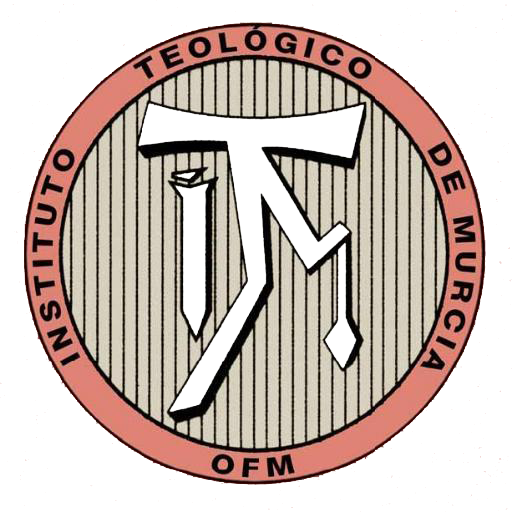Theology
(PhD, Theological Institute at University of Murcia –Spain- & Pontificia Università Antonianum -Italy-) [2020]
Title of the thesis
Ritual Identity and Affinity in Religious and Lay Contexts. Design and Implementation of a Measuring Instrument
Identidad y Afinidad Rituales en Contextos Religioso y Laico. Diseño y Aplicación de un Instrumento de Medida
Abstract
The goal of this study is to delve into ritual, religious, and secular phenomenology. It concentrates specifically on the relationship between pagan, cultural, celebratory, and traditional rituals and any other form of representation of a social sentiment focused on identifying, enjoying, or replacing a feeling (e.g. transcendence), as well as how these rituals overlap, replace, nourish, or make use of religious rituals, bi-directionally.
The study uses diverse methods (systematic literature review, semi-structured interviews, generic framework, and case studies) to explore the degree of ritual identity. To that end, the systematic review analyses all the existing literature, in categorised form, obtaining a significant and complete body of study with 251 publications. The characteristics, categories, functions, structures, and indexing of the rituals are extracted from the literature to design a semi-structured interview. This interview is applied to 51 subjects and produces 10 significant aspects that define rituals: #1- Transcendence and affinity with the ritual moment; #2- Overlap between ritual, introspection, expression, and feeling; #3- Unclear definition of terms; #4- Lack of knowledge of rituals; #5- Need for expression; #6- Mainstreaming; #7- Polysemy; #8- Music; #9- Irrevocability; and #10- Evocation.
Subsequently, this list is completed by summarising the main aspects from the systematic literature review, obtaining 17 common elements of ritual identity: 1- Transcendence, 2- Feeling, 3- Meaning, 4- Transformation, 5- Contextualisation, 6- Polysemy, 7- Music, 8- Need, 9- Representation of reality, 10- Ceremony, 11- Stages, 12- Formality, 13- Script, 14- Impact, 15- Invariability, 16- Periodicity, and 17- Symbolism. These elements constitute the basis for building a measurement tool of ritual affinity through weighing each element’s relevance and presence, in order to obtain a degree of total affinity.
This instrument is then applied to 34 case studies mixing categories and contexts, achieving a sample diversity that is representative enough to compile a more precise analysis, linked to conclusions. The core findings reinforce the initial hypothesis, determining that rituals follow a similar pattern of structure and preparation according to a predetermined set of common elements, whether linked to religious or secular settings. It is likewise concluded that the functions of rituals are comparable among settings. Similarly, we show that a parameterised measurement instrument can be designed that allows an analysis of the degree of ritual affinity of an event or celebration, homogenously, creating a comparative study of rituals. Lastly, we conclude that, as a complement to the structure, function, design, and implementation of the ritual, the personalised aspect (individual or group) within a specific context significantly defines ritual affinity.
University

Universidad de Murcia, Spain

Instituto Teológico de Murcia, Spain

